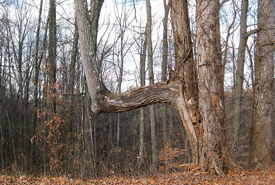NCC: Land Lines – Nature’s Olympians
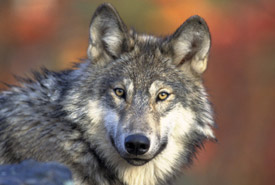
Grey wolf (Photo by Gary Kramer, courtesy of USFWS)
With our dedicated Canadian athletes competing in the Olympic Winter Games, we at the Nature Conservancy of Canada started thinking about species that could step in for our Olympians, should they need a stand-in. These species would truly embody a few of the essential Olympian characteristics: speed, strength, agility, grace and endurance.
We have narrowed it down to five species that would be worthy of a spot on the podium:
Grey wolf
The grey wolf exemplifies a number of Olympic traits. Here, we’re highlighting its strength. Because of its powerful jaws, the canine relative is able to bite through large, thick-skinned mammals in fewer than 10 bites.
This particular species of wolf demonstrates strength at a pack level as well. These packs often single out the weakest of its members in an effort to maintain its overall strength and well-being.
It’s this approach to survival and the wolf’s ability to prey on mammals double its size (or larger!), that earns the grey wolf a spot on our list.
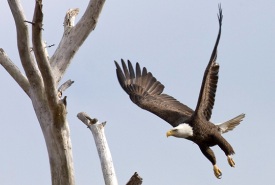
Bald eagle (Photo by Bill Hubick)
Bald eagle
Although birds of prey might not be your first thought of an elegant species, the bald eagle was selected as our graceful representative for nature’s Olympics. Among those nominated, the bald eagle’s regal stature and majestic flight earned it a medal in this category.
After experiencing severe population loss in the 1970s, bald eagle populations were able to bounce back significantly, mainly because of habitat protection initiatives and reintroduction programs. This success story — persevering through near extinction — further attests to the eagle’s true Olympic spirit.
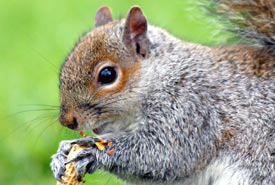
Eastern grey squirrel (Photo from Wikimedia Commons by Keven Law)
Eastern grey squirrel
Have you ever seen an animal sidestep drooling dogs and oncoming cars better than a grey squirrel?
Its incredible ability to dive, duck and dodge out of so many sticky situations is mostly thanks to this species’ agile moves and sharp vision, hearing and smell senses.
It seems obvious why this squirrel would be nominated as an Olympian; agility is an athletic trait exercised in countless sports, in both summer and winter months.
We just can’t pick which sport the grey squirrel would excel in!
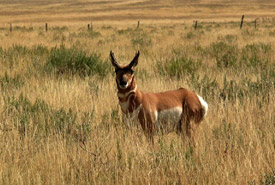
Pronghorn in Alberta (Photo courtesy of the University of Calgary)
Pronghorn
The pronghorn, found in southern parts of Alberta and Saskatchewan (and historically in parts of Manitoba), is the second-fastest land animal, next to the cheetah.
And since I have yet to see a wild cheetah roaming about the Great White North…that makes the pronghorn the fastest land animal in Canada!
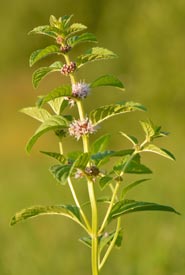
Wild mint (Photo from Wikimedia Commons by Ivar Leidus)
Wild mint
Wild mint is an ambitious survivor. Although mint grows best in moist soil, its invasive nature allows it to survive in sub-zero temperatures — as low as -36 C!
Although it dies back in cold environments, wild mint bounces right back come spring; a great example of endurance.
Who would you nominate?
Of course, many other Canadian species would be a great fit in Nature’s Olympic Games, but these five were selected as the top to highlight this time around. Who would you like to nominate for the next Games?
Join the conversation on our Facebook page, where we post fun facts about species every week and NCC’s conservation work across the country.


